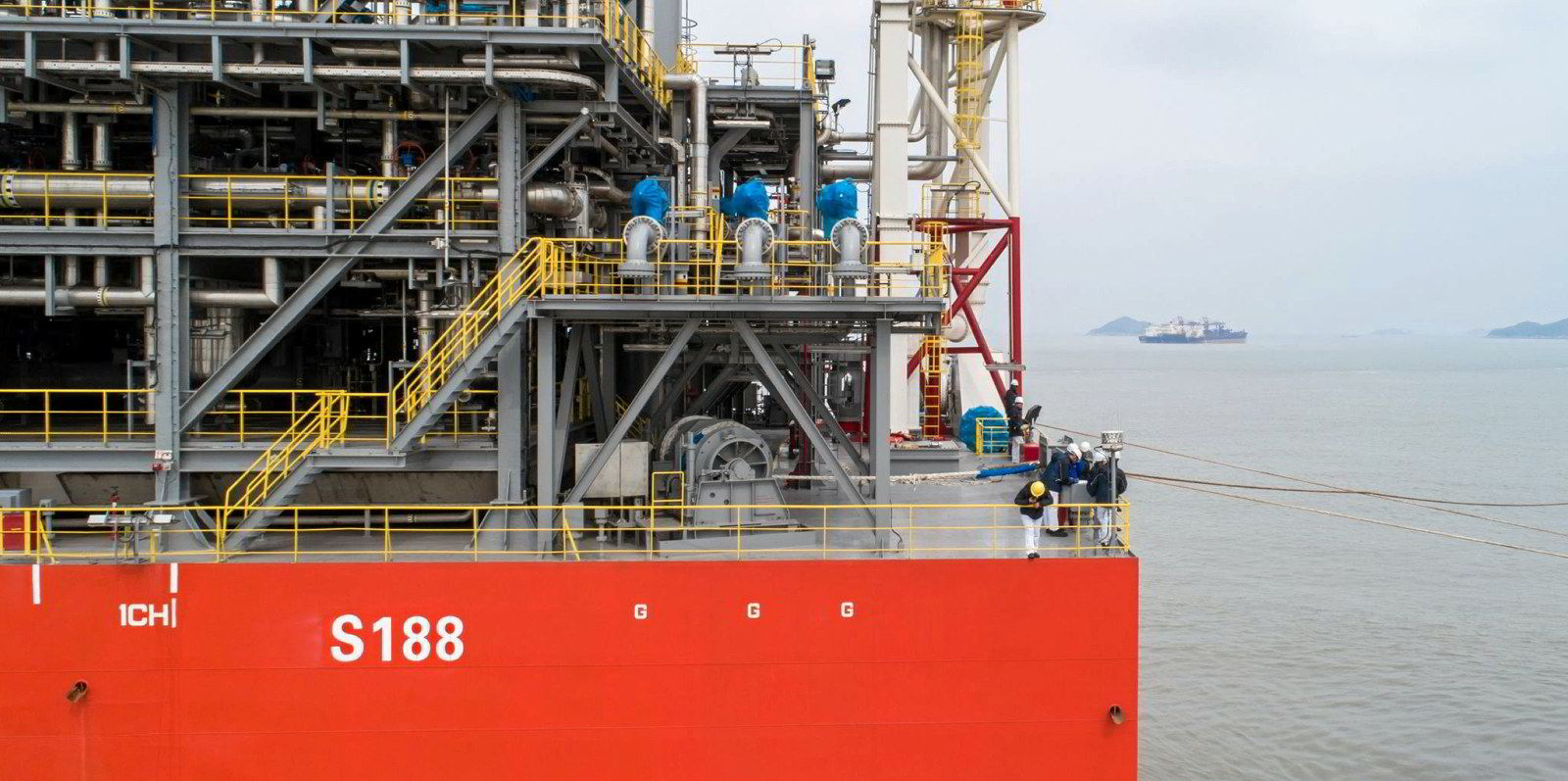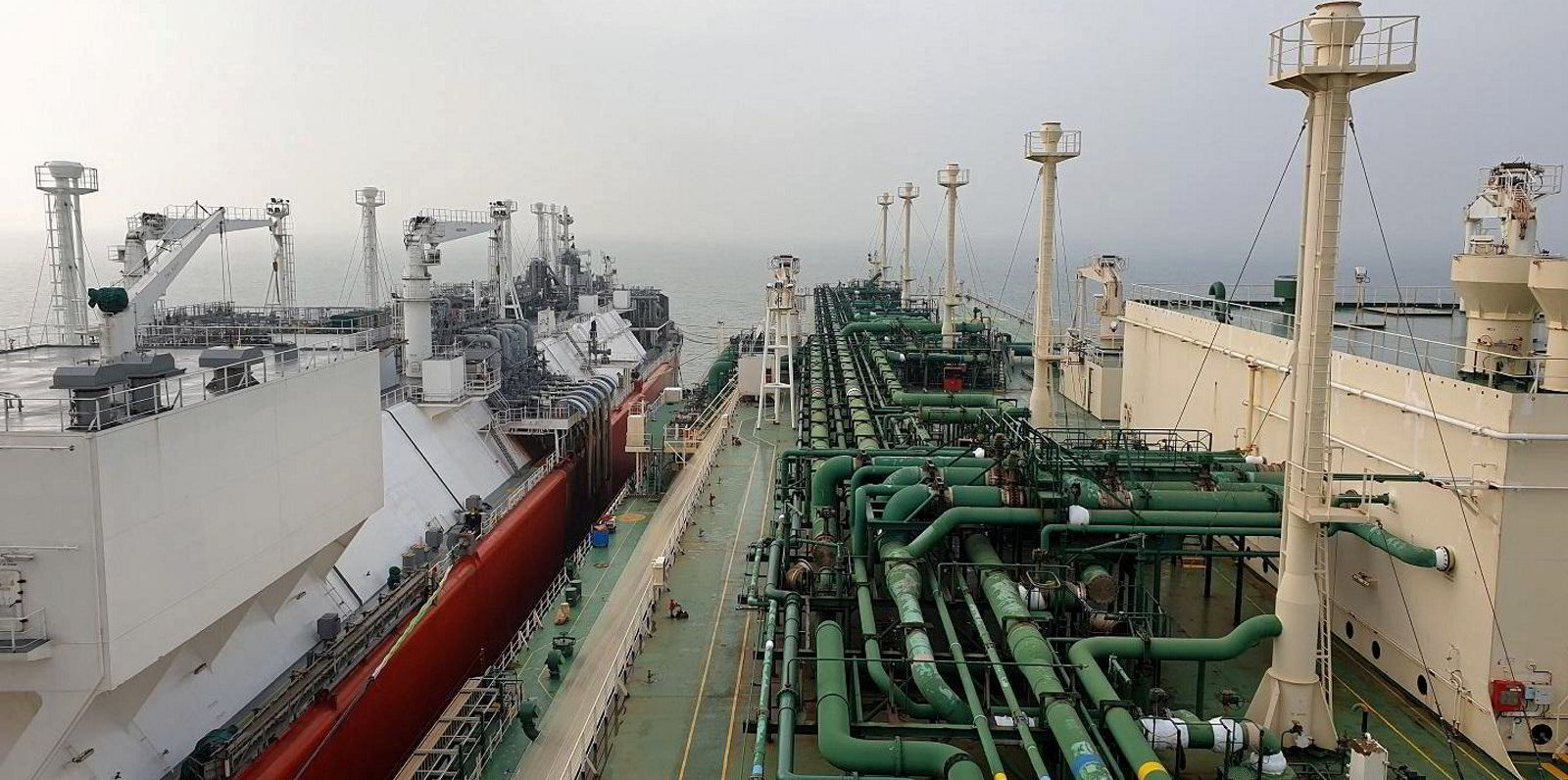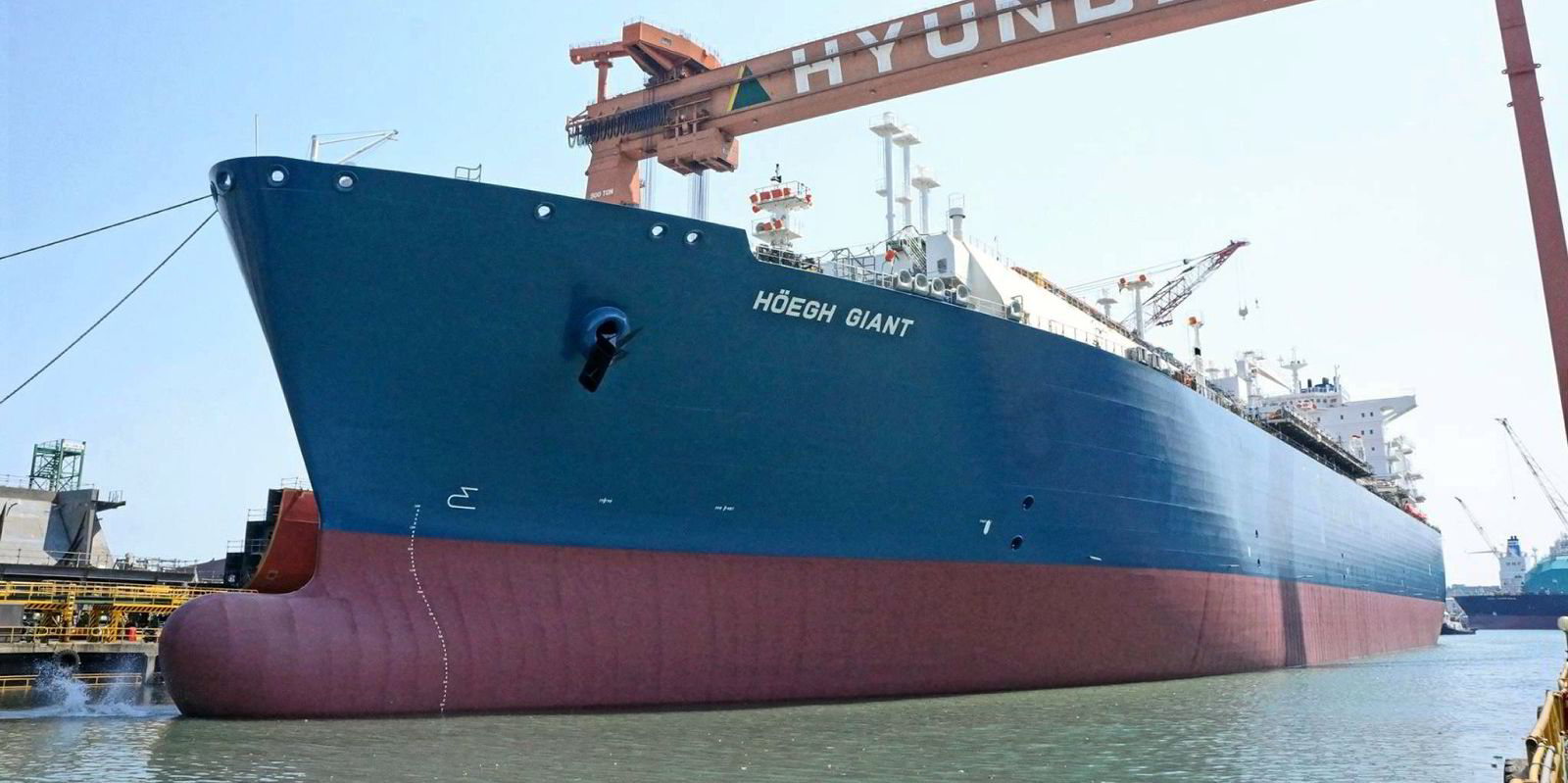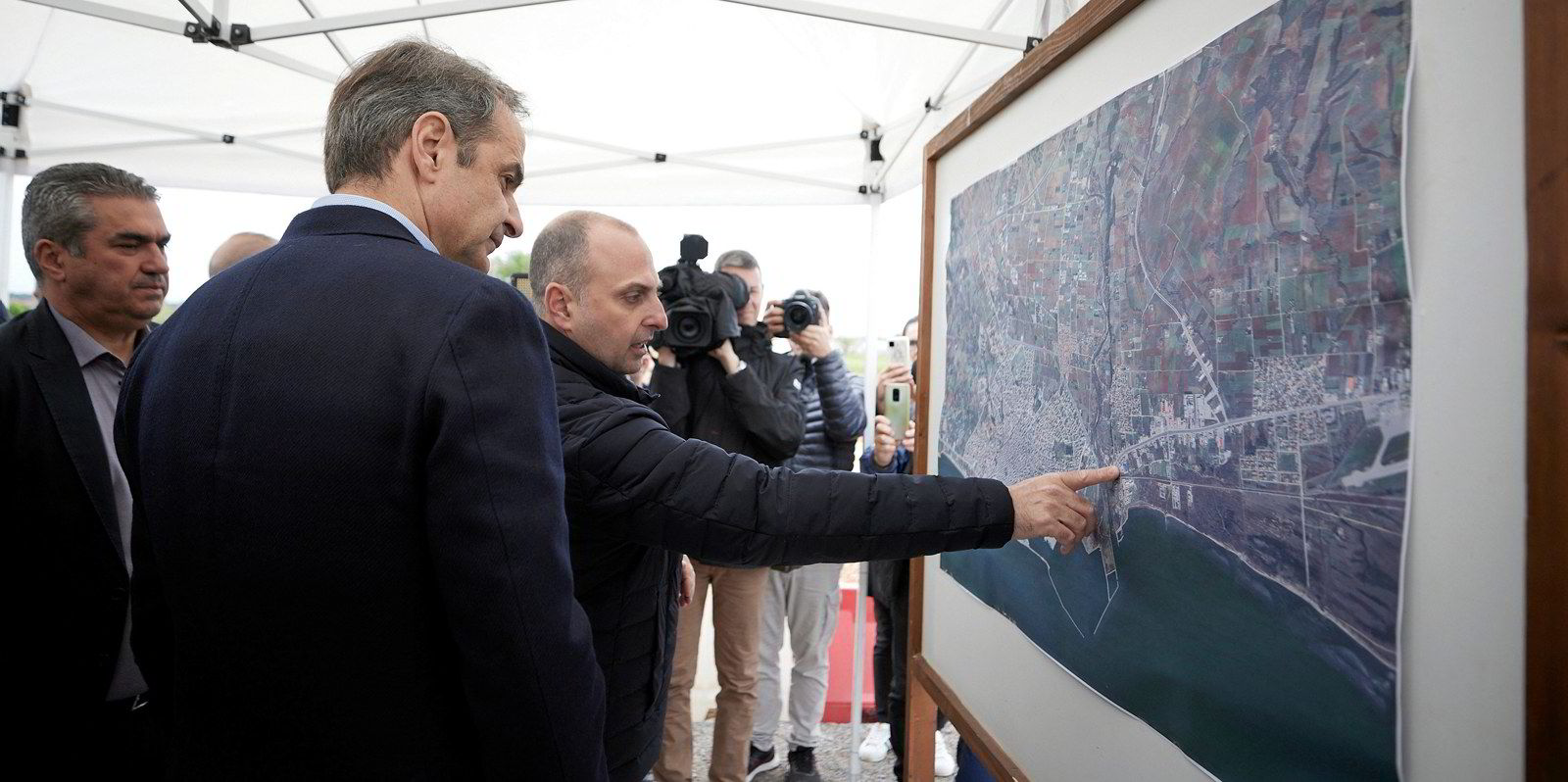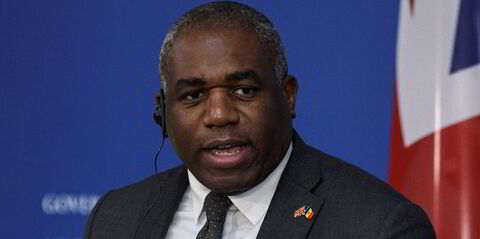Pressure is mounting on European nations to restock their gas storage by shipping in more LNG imports as Russia slashes pipeline supplies further.
But the floating storage and regasification units booked to bolster Europe’s LNG import capacity will only be able to provide small volumes for this winter season.
Consultant Andy Flower said that based on BP’s statistics for 2021, the European Union imported 132bn cbm of gas from Russia, which equates to 98 million tonnes per annum of LNG.
Flower detailed that at least 16 FSRU-based terminals are planned for Europe.
He and other industry specialists have flagged up the hold-ups that can occur on permitting and infrastructure to put these into commercial operation.
But the consultant said that if just 10 of these FSRU projects are delivered they would likely only provide a maximum of 30 to 50 mtpa of LNG in total.
Germany, which imports 55% of its gas from Russia, has signed up to four FSRUs with a fifth private project proposed. But the expectation is that just two of these could be in place by the end of this year.
One of two FSRUs has arrived for the Netherlands to bolster Dutch imports and the unit planned for Estonia-Finland is also targeting a start-up before the end of 2022.
But the other FSRUs planned for Germany and those for France, Italy, Albania, Greece and Poland have start-up dates from 2023 onwards.
LNG import capacity is currently proving tight at LNG receiving terminals. Flower said the cost of buying a slot is currently about $7 to $9 per MMBtu, up from a historic 30 cents, as companies with capacity try to sell off what they do not need at high prices.
On Monday, Gazprom ramped up gas supply fears in Europe when the Russian energy giant said it was cutting back gas flows through its Nord Stream 1 pipeline to Germany to 20% as repair work was needed on a turbine. Reuters reported today that reductions in the throughput had started.
The cutback effectively halves the already reduced flows, which had already been axed to 40% in the wake of Russia’s invasion of Ukraine on 24 February.
On Tuesday, European Union nations, with the exception of Hungary, agreed to make a voluntary 15% cut in gas consumption between August and March 2023, with the aim of boosting storage ahead of the winter.
The voluntary deal would become mandatory if supplies reach crisis levels with exemptions for countries not connected to the EU pipeline network and heavily reliant on gas for electricity generation.
The fears are that Russia could cut off gas supplies to Europe entirely, forcing tighter rationing and ultimately recession.
Russia supplied 40% of the EU’s gas in 2021. Of EU nations, the top three importers of Russian gas are Germany on 80.4m cbm, or 55%, of its supply, Italy on 66.4m cbm and the Netherlands on 59.8m cbm.
The fresh energy concerns in Europe come as natural gas prices ramp up and the US claimed the world’s number one LNG exporter slot for the first half of 2022 after shipping out 42 million tonnes.
Rystad Energy analyst Karolina Siemieniuk highlighted that the current natural gas prices are close to the record levels seen in early March 2022.
Siemieniuk said: “With prices testing the €200 ($202) per MWh level, we are now beyond the limits of affordability for most industrial users, and we could soon hear recession alarms sounding.”
She said the likelihood of the EU achieving storage targets of 80% by 1 November is “very challenging” and LNG exports are likely to see some downside with the approach of the US hurricane season.
